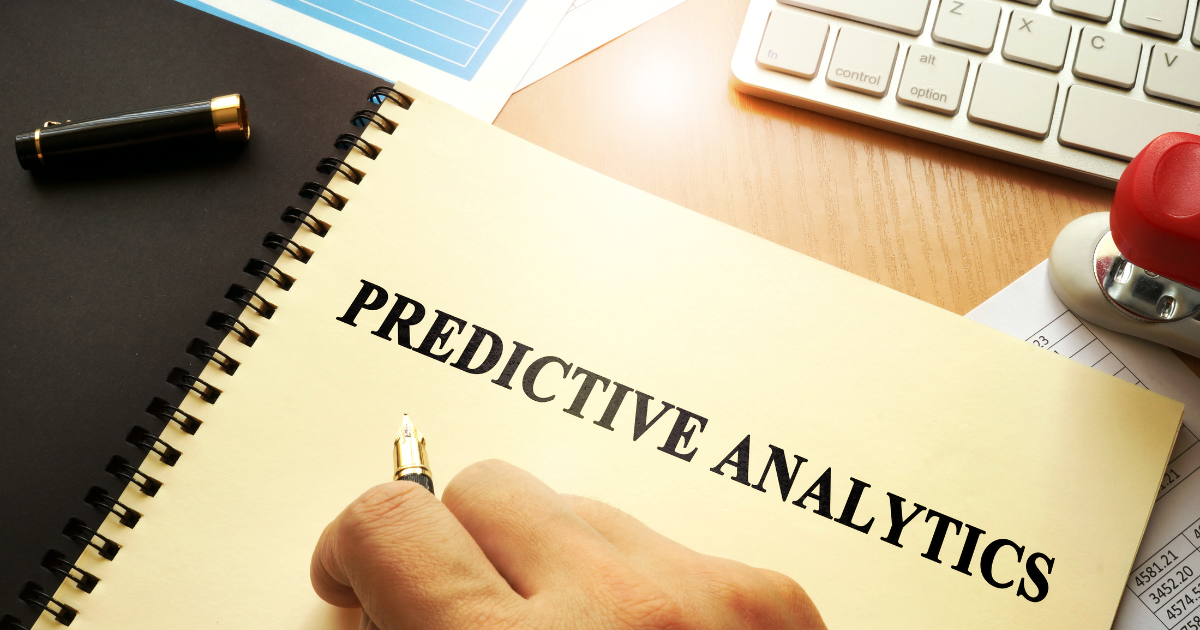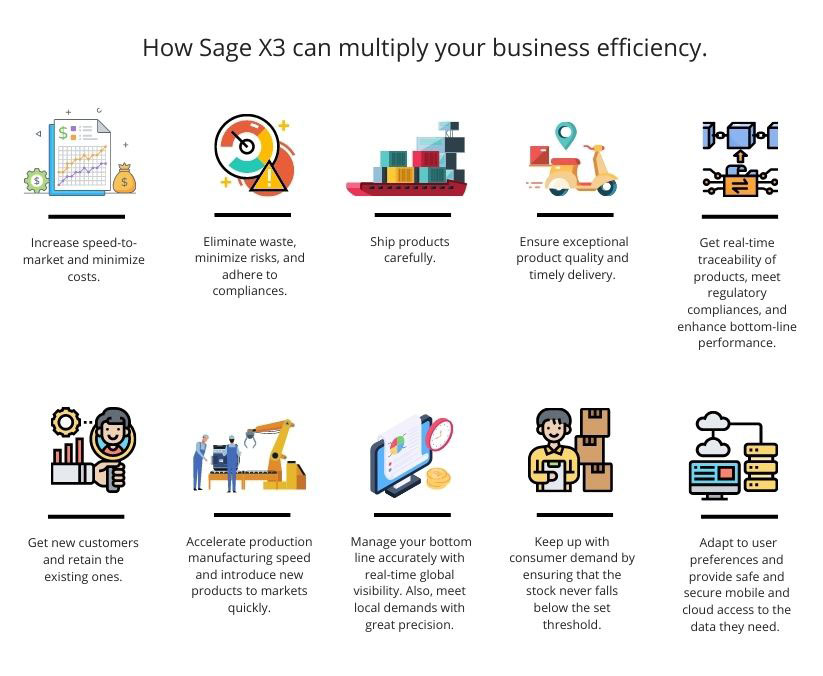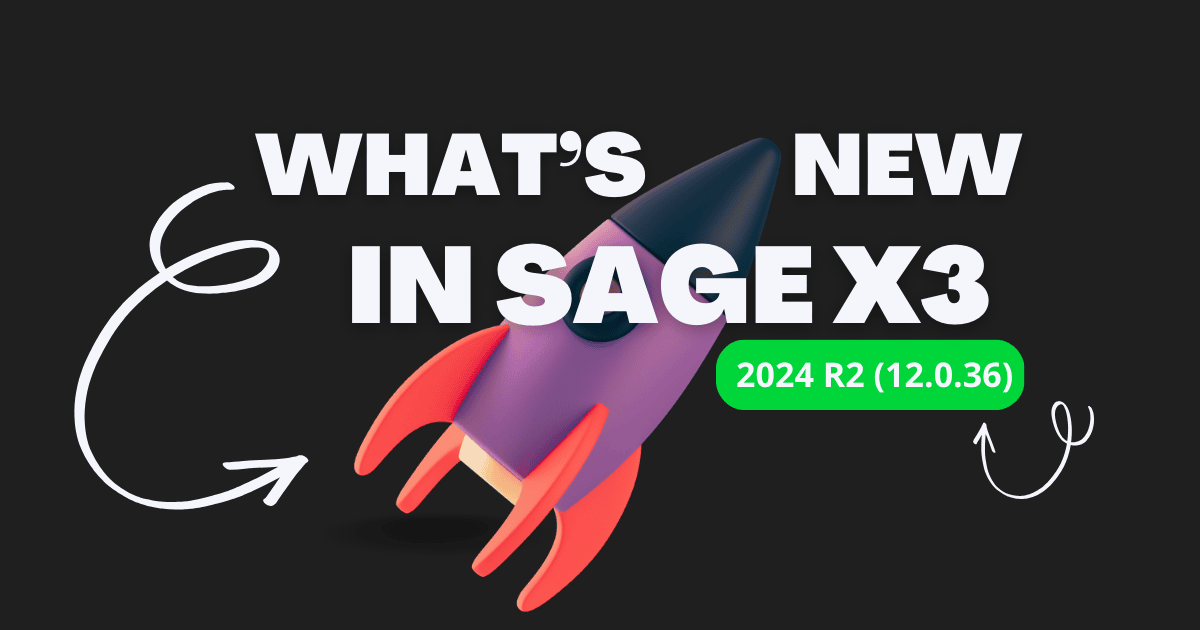Summary – Technological advancements are brilliant and efficient for industries. One such intelligent technology assisting businesses in making the right strategies for the best outcome is predictive analysis. Predictive analysis is a method of examining statistics or any business data to predict future outcomes in your business. Gartner defines predictive analytics as any approach to data mining. Predictive analytics is also known as advanced analytics. Predictive analytics is also used to improve operational efficiencies and to avoid risk.
Industries widely use predictive analytics to make the right business decisions for the company’s better future. To define more, predictive analytics is the method of analysing data to identify trends and draw insights to make impactful and effective business decisions for your enterprise.
What is Predictive Analytics?
Predictive analytics is a significant technological advancement to predict future unknowns. It can range from predicting weekly weather forecasts to algorithm-enabled medical advances.
Predictive analytics uses data mining, artificial intelligence (AI), machine learning, modeling and statistics. To give an example, data mining examines large sets of data to extract patterns from it.
Application of Predictive Analytics
Some of the applications where the predictive analytics model is widely used are:
- Weather forecasts
- Customer service
- Finance
- Health care
- Video games creation
- Investment portfolio development
Four common key types of Predictive Analytics
Answering these four questions can help you make the right decisions for your business.
- Descriptive – What has happened?
- Diagnostic – Why did this happen?
- Prescriptive – What is the next step?
- Predictive – What is the possible outcome in the future?
It’s always best to future-proof your company. Industries should use predictive analytics technology to make better decisions for their enterprise.
Steps of Predictive Analysis
The predictive analytics models clean a large amount of data by defining the most necessary business goals. Companies started implementing it widely after AI came into place. Though it’s a significant advancement, companies still rely on the IT support team to manage this technology.
Plan and define your project goals: Define your project outcomes and the issues you are trying to solve. Identify the scope and the required data.
Garner all the data: Gather in a single place, including the historical and current data. Even the transactional data and the call centre logs for deep and insightful results.
Clean and redesign your data: First, clean your data, prepare and integrate it to get it ready for analysis. Identify and remove outliers and find the missing information to improve the quality of the predictive analysis set.
Construct and test your model: Design your predictive model and test it to check the data accuracy. You will have to repeat the process till you get error-free data.
Execute your model: Implement your predictive model on new data and make accurate decisions based on the output.
Monitoring model: Regularly monitor the model and optimize it as required.
Examples of Predictive Analytics
In a business, predictive analytics has helped improve the company’s operational efficiency to make an effective solution for the prospects of the company.
Some examples of predictive analytics in the business field are:
- Minimising customer churns.
- Cutting down on employees.
- This is the most important one- identifying customers likely to default payments.
- Setting pricing based on market trends or research.
- Tracking the maintenance of the machine or equipment if it needs to be serviced or replaced.
Accurate predicting is necessary in a place for market change, and customer needs are constant. Explore some of the detailed examples of predictive analytics
Customer Service
Businesses embracing business intelligence and predictive analytics gets to make strategic decision in the future. For example, in the hotel industry, beforehand, they predict the expected number of guests during weekends. It helps them to be well-equipped with all the staff and resources.
Supply Chain
Forecasting is crucial to conduct various business processes in the manufacturing industry’s supply chain. It’s important to know that the resources are optimally used. Inventory management is a crucial business operation where the executives must draw insights and predict what has to be done.
Each time the data utilized in the predictive modelling is cleaned, and data is improved to make better and more accurate predictions.
Higher Education
In this area, predictive analytics gives excellent insights into predicting the possible outcome. Here the predictions are based on enrollment management, fundraising, recruitment and retention.
By extracting insights from students’ high school years, the predictive algorithms can help the administration can help to serve the students better.
Insurance
With the right analytic tools, it is easy to identify outlier claims in this industry. With the predictive analytics model in place, it is easy to identify the risk of cancellation by the customers and to detect fraudsters.
Software Testing
Throughout the entire software testing, predictive analytics can help you to enhance your operations.
It becomes simpler to interpret large volumes of data during software testing. These massive data volumes are used to model outcomes later.
Monitor the timeline and use predictive modeling to determine how delays can impact your project. So beforehand, you can identify and correct the problems without impacting the project.
Predictive analysis can access social media to research and capture clients’ moods. So before any big reaction occurs, the executive can rectify the issue.
<<<Also read: How OpenAI and ERP Integration is Transforming Business Dynamics?>>>
Why does prediction analysis matter?
Prediction analytics is very crucial for a business. Possessing insightful forecasts to monitor and manage your business efficiently is essential.
Risk of large volumes of information
In the manufacturing industry, data generation is vast. It is essential to manage, control and optimise data for taking the right decisions. So, technology like predictive analytics help in organising and optimising more detailed reports for organisations to predict the impact of something on the company.
Generally, the data in a business are transactions, customer information, sales results and marketing information. Companies make decisions based on this vast information.
Tough competition among business
Competitions are the highest, especially in this age of digitalisation. Among this vast crowd, businesses bring their products into their market. To better understand the customer and the market demand, including the current trends, predictive model reports are beneficial to design and market accurate products.
For example, equipment manufacturers must find innovative solutions to keep up in the market, or the product will be pushed down.
So all these predictive analysis forecasts help companies plan for the future to help them balance and rectify any possible negative impacts.
Advanced tech for machine learning and vast data
Insightful data can be drawn by combining all types of data. Machine learning identifies patterns in these data and helps design them to predict future results. Some of the algorithms of machine learning are linear and non-linear regression, neutral networks, support vector machines, decision trees and many other algorithms.
Benefits of Predictive Analytics
Predictive analytics has numerous benefits for the company. After the pandemic covid 19, it has been vastly used in many industries. No company wish to have piled up unstructured data, predictive analytics help to automatically achieve insightful reports that help to make the impactful decision for the company.
Forecasting
Forecast is crucial, especially in the manufacturing sector. It is beneficial for the supply chain process. Inventory management needs predictive analytics to forecast if the right amount of resources is stocked. Plus, it is essential to understand the market demand for your product to stock up the resources. So if you possess an insightful forecast, it is easy to prepare for any outcomes.
A large amount of data is included in the predictive model to get precise data. More addition of data helps in getting more accurate forecasts.
Credit
When the customer wants an extension on credit, the executives can rely on the forecast of customers’ past credit transactions and history and make a decision if the customer will be worthy of further extensions. Predictive analytics is the best solution for credit scoring.
Marketing
The tools of predictive analysis help in understanding the demands in the market. Executives can refer to the insights of the forecasts to organise campaigns to market the product. The data includes customer demands, location, customer requirements, historical data, possible pricing and many more. Based on this forecast, executives can make valuable and impactful decisions.
Types of Predictive Analytical Models
There are three significant types of predictive analytical models:
- Decision trees
- Neural networks
- Regression
Predictive Analytics vs Machine Learning
Predictive analytics and machine learning are two different concepts. Predictive analysis gathers insightful data extracts from the post to predict future occurrences. And the subfield of artificial intelligence is machine learning. It is the expertise of the machine to capture human behaviour.
Predictive analytics is an intelligent technology and a game-changer for businesses worldwide. It has multiple benefits for the company. Adopting these technologies help businesses to improve their efficiency. Implement in your business to extract insightful forecasts for the smooth running of your company.
<<<Also read: Top ERP Trends in 2022>>>
Sage X3
Sage X3 ERP system is an advanced business management software used by multiple businesses to manage day-to-day business operations. It is the most convenient way for the system to manage all the complex functions of the company. Control and monitor finance and accounting, inventory, supply chain, and distribution by implementing this brilliant software.
Integration with the business operation is simpler, and the data is tied to a single centralized system. All authorized users can access the system without any hassle. Sage X3 ERP system can be customised to suit your business needs. Sage X3 has a customisable and very interactive interface.
Implementing Sage X3 is a significant benefit to your business. Our team will train your employees to interact with the system. After implementation, our support team will guide you to adapt to the technology.
Connect with us today.
Sage Software Solutions is a leading IT company with an array of advanced ERP Software solutions. Our proprietary products — Sage X3 and Sage 300 will help you cut your operational expenses, improve business productivity, increase operational efficiency, forge robust customer relationships, and strengthen association with vendors, suppliers, and distributors. So, if you are looking to reinforce your business fundamentals and emerge as an industry leader, then please schedule a call with one of our sales representatives.






